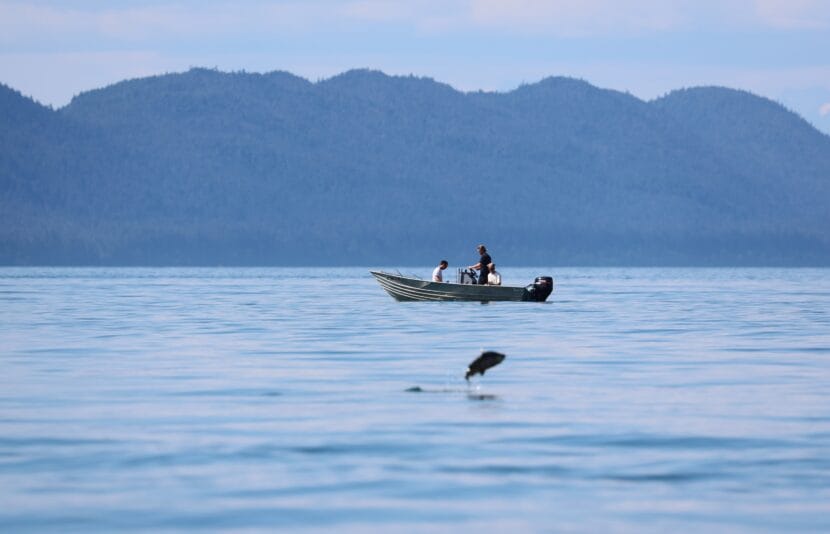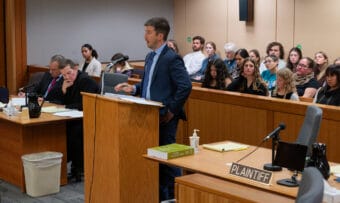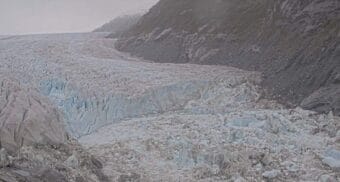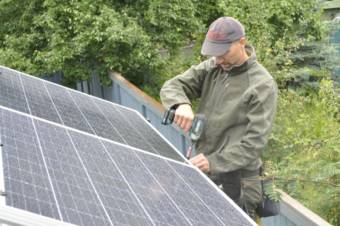
A new University of Alaska research project will look at how human-caused climate change affects fishing, farming and harvesting in the Gulf of Alaska to build resilience for communities that rely on the ocean.
$20 million dollars of funding from the National Science Foundation will support the work of 23 researchers at all three University of Alaska campuses in Fairbanks, Juneau and Anchorage.
Jason Fellman of the Alaska Coastal Rainforest Center is one of the principal investigators on the Interface of Change project. He says warming from the burning of fossil fuels is changing the weather across Southeast Alaska, bringing more extreme rainfall and less winter snow.
It’s also rapidly accelerating glacial melt, which creates a steady trickle of freshwater, sediment and nutrients.
“What’s running off the landscape potentially ends up in the nearshore marine,” Fellman said. “So these connections — land ocean connections — could be changing quite rapidly.”
Understanding those changing connections is important because the Gulf of Alaska supports vital commercial and subsistence harvests.
The five-year project will examine important marine foods like red seaweeds, kelp, oysters, clams, mussels and salmon to see how they might be responding to the changing environment.
It will also focus on questions about mariculture. The industry is booming in Alaska, but it’s still young.
“There’s still a lot to learn about this type of farming in the Gulf of Alaska,” Fellman said. “Maybe glacial runoff is driving places that are more suitable, or less, to growing seaweeds or kelps or something like that. Those are the types of questions we don’t know.”
Davin Holen, a coastal community resilience specialist with Alaska Sea Grant and one of the project’s five principal investigators, says the research will support the harvesting of traditional foods, too.
The goal is to create tools that people can use to adapt the timing and location of their subsistence harvests to keep up with a changing climate. There will also be projects focused on diversifying which species are gathered, and reconnecting younger generations to traditional foods.
“You can kind of build resilience, so that when the environment impacts one species, you still have lots of other species and the knowledge of how to harvest all those other species as part of your toolkit,” Holen said.
The researchers will work closely with industry partners, local science centers, and tribes in Juneau, Haines, Klukwan, Seldovia, Halibut Cove, Homer, Cordova and Valdez.
Research efforts will kick off this summer.


